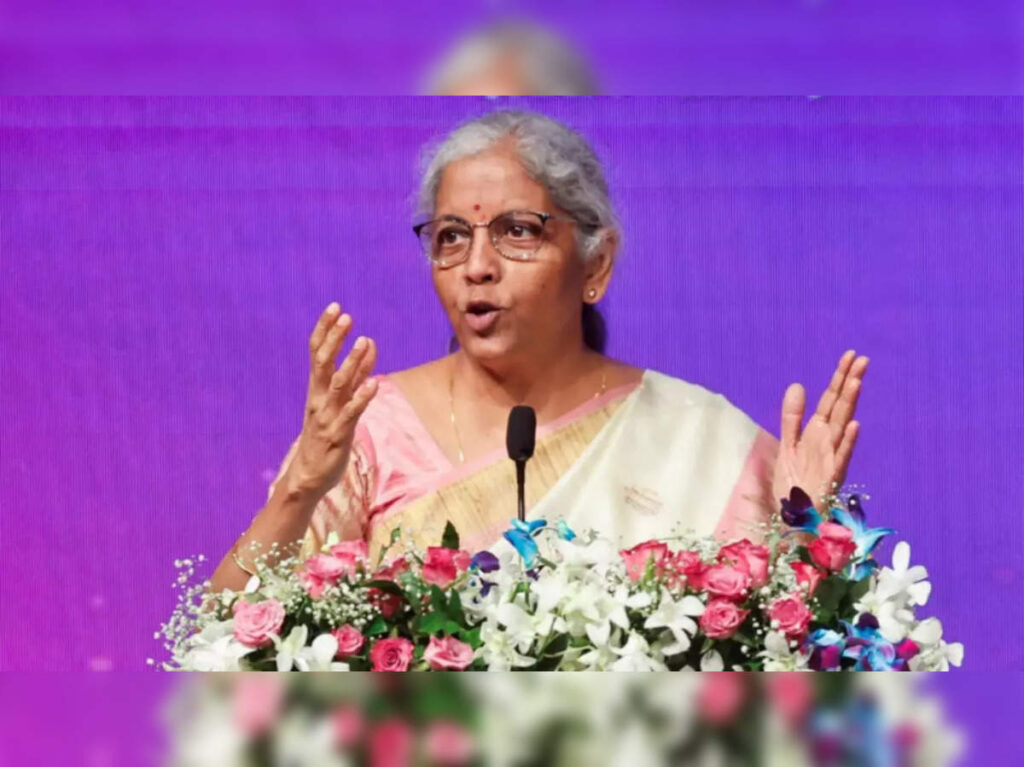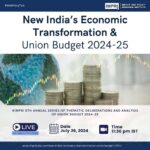NEW DELHI: The growth slowdown in the second quarter of the current financial year was not systemic but the result of a lack of public investments during the first quarter, as the administration was busy with the general election, finance minister Nirmala Sitharaman said on Friday. The third-quarter gross domestic product (GDP) growth numbers would make up for the loss in Q2, she said.
This is the finance minister’s first statement on growth after the lower-than-expected GDP growth witnessed in Q2 and indicators showing a marked slowing of urban consumption.
After the GDP rose by 5.4% in July-September year-on-year, the lowest in seven quarters, some analysts feared that FY25 growth may come in below 6.5%. The H1FY25 growth turned out to be 6%, substantially lower than most projections.
On Friday, the Reserve Bank of India (RBI) lowered its GDP growth forecast to 6.6% from 7.2% projected earlier. The central bank is projecting 6.8% and 7.2% growth in the third and fourth quarters of FY25. The Economic Survey had projected the economy to grow by 6.5%-7% in the current fiscal.
“It (the GDP growth slowdown in Q2) isn’t a systemic slowdown. It is more absence of activity on public expenditure, capital expenditure, and so on. So, I expect quarter three to also make up for all this,” Sitharaman said at the India Japan Forum 2024.
The growth number is something which is not necessarily going to get badly affected this year, she said, adding that chances are high that India would continue to remain the fastest-growing major economy for the next few years. Sitharaman, however, drew attention to several challenges ahead for India, including the impact of saturation of wages on consumption, plateauing of global demand and climate impact on agriculture.
“For us, if there is a plateauing of demand globally, particularly in developed countries, it’s a matter of concern,” she said, adding that India not only exports commodities but also engineering goods, processed goods and high precision goods. Traditional areas where India had strength such as intensive labour-producing items like textiles and footwear are also facing challenges due to weak global demand.
The purchasing power of Indians is improving, but within India, there are concerns about wages saturating. “We are quite seized of these factors which may have a play on India’s own consumption,” she said.
Elaborating on the Q2FY25 GDP growth slowdown, Sitharaman said the administrations, both of the state and of the Centre, gave a lot of time in getting through the electoral process. The natural governance-related public expenditure-related activities were put on the back-burner. As a result, that which would have to be a catalyst for triggering better consumption, more demand for core products and so on, became slower, which was reflected in the Q2 growth numbers. On the other hand, Q4FY24 spending was very high, which lifted the Q1FY25 GDP numbers (6.7%) despite the polls, she added.
On Thursday, chief economic adviser CEA V Anantha Nageswaran highlighted certain factors that come in the way of higher economic growth, including global ones that are “far from conducive”, and a “creeping informalisation” of the workforce that has exerted a “downward pressure” on consumption. He also exhorted the “highly profitable” Corporate India to invest and create jobs.
Source: The Financial Express




 Union Budget 2025-26: Economists Stress Need For Manufacturing Policy
Union Budget 2025-26: Economists Stress Need For Manufacturing Policy 